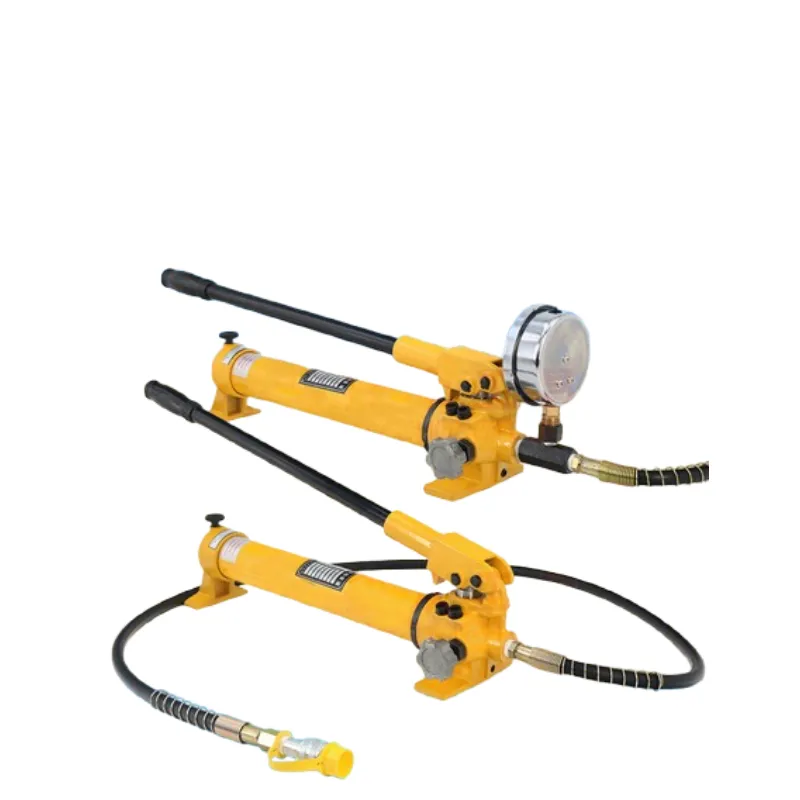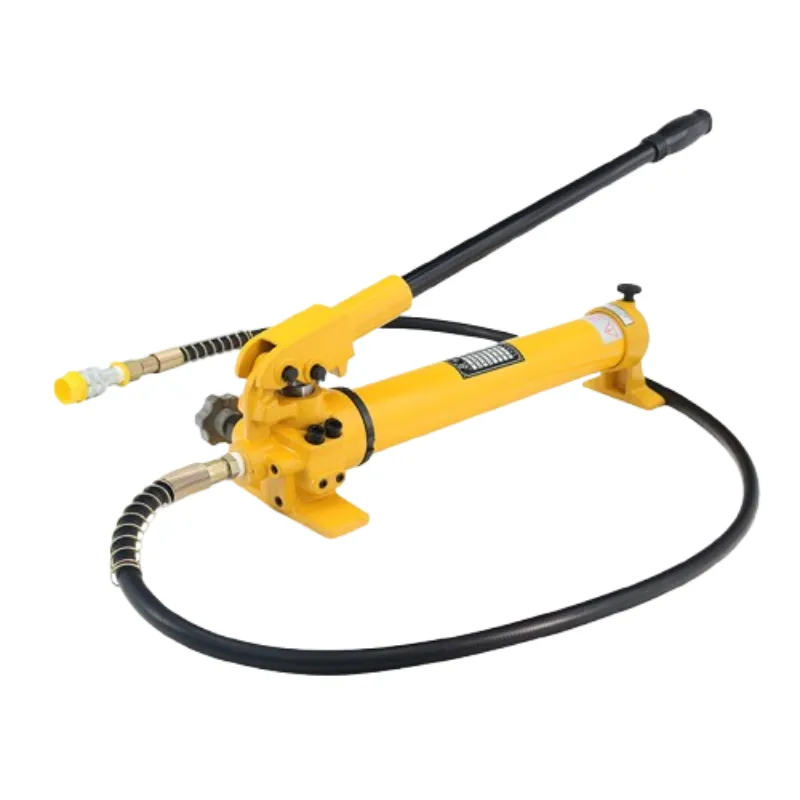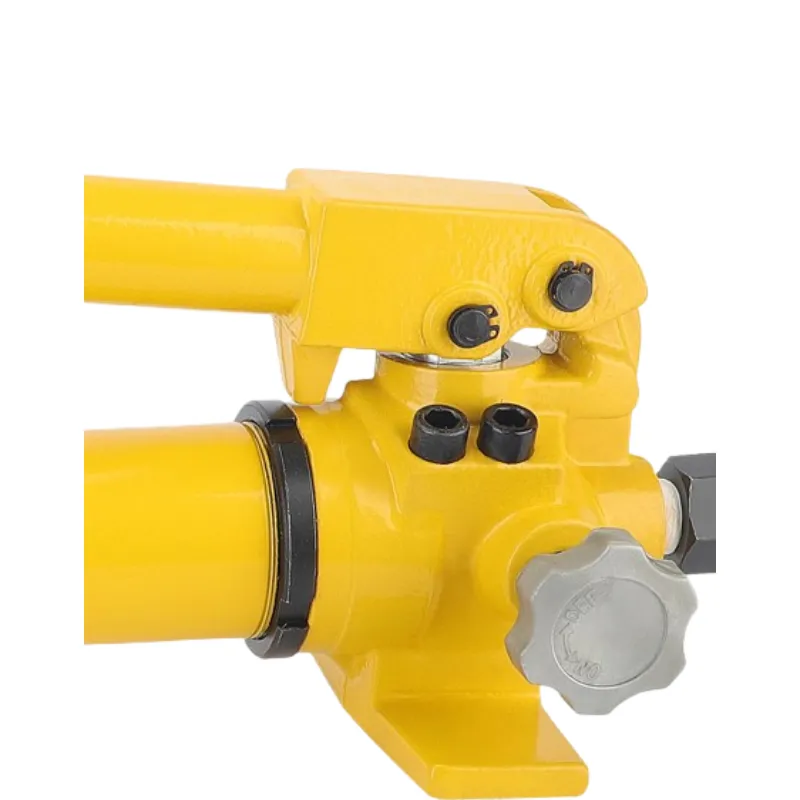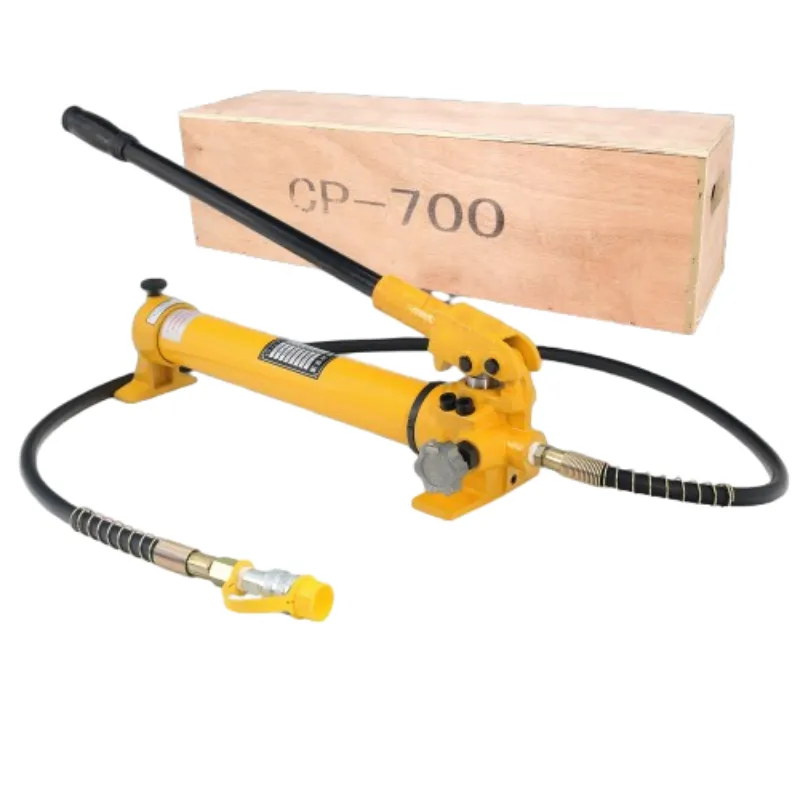
-
 Afrikaans
Afrikaans -
 Albanian
Albanian -
 Amharic
Amharic -
 Arabic
Arabic -
 Armenian
Armenian -
 Azerbaijani
Azerbaijani -
 Basque
Basque -
 Belarusian
Belarusian -
 Bengali
Bengali -
 Bosnian
Bosnian -
 Bulgarian
Bulgarian -
 Catalan
Catalan -
 Cebuano
Cebuano -
 Corsican
Corsican -
 Croatian
Croatian -
 Czech
Czech -
 Danish
Danish -
 Dutch
Dutch -
 English
English -
 Esperanto
Esperanto -
 Estonian
Estonian -
 Finnish
Finnish -
 French
French -
 Frisian
Frisian -
 Galician
Galician -
 Georgian
Georgian -
 German
German -
 Greek
Greek -
 Gujarati
Gujarati -
 Haitian Creole
Haitian Creole -
 hausa
hausa -
 hawaiian
hawaiian -
 Hebrew
Hebrew -
 Hindi
Hindi -
 Miao
Miao -
 Hungarian
Hungarian -
 Icelandic
Icelandic -
 igbo
igbo -
 Indonesian
Indonesian -
 irish
irish -
 Italian
Italian -
 Japanese
Japanese -
 Javanese
Javanese -
 Kannada
Kannada -
 kazakh
kazakh -
 Khmer
Khmer -
 Rwandese
Rwandese -
 Korean
Korean -
 Kurdish
Kurdish -
 Kyrgyz
Kyrgyz -
 Lao
Lao -
 Latin
Latin -
 Latvian
Latvian -
 Lithuanian
Lithuanian -
 Luxembourgish
Luxembourgish -
 Macedonian
Macedonian -
 Malgashi
Malgashi -
 Malay
Malay -
 Malayalam
Malayalam -
 Maltese
Maltese -
 Maori
Maori -
 Marathi
Marathi -
 Mongolian
Mongolian -
 Myanmar
Myanmar -
 Nepali
Nepali -
 Norwegian
Norwegian -
 Norwegian
Norwegian -
 Occitan
Occitan -
 Pashto
Pashto -
 Persian
Persian -
 Polish
Polish -
 Portuguese
Portuguese -
 Punjabi
Punjabi -
 Romanian
Romanian -
 Russian
Russian -
 Samoan
Samoan -
 Scottish Gaelic
Scottish Gaelic -
 Serbian
Serbian -
 Sesotho
Sesotho -
 Shona
Shona -
 Sindhi
Sindhi -
 Sinhala
Sinhala -
 Slovak
Slovak -
 Slovenian
Slovenian -
 Somali
Somali -
 Spanish
Spanish -
 Sundanese
Sundanese -
 Swahili
Swahili -
 Swedish
Swedish -
 Tagalog
Tagalog -
 Tajik
Tajik -
 Tamil
Tamil -
 Tatar
Tatar -
 Telugu
Telugu -
 Thai
Thai -
 Turkish
Turkish -
 Turkmen
Turkmen -
 Ukrainian
Ukrainian -
 Urdu
Urdu -
 Uighur
Uighur -
 Uzbek
Uzbek -
 Vietnamese
Vietnamese -
 Welsh
Welsh -
 Bantu
Bantu -
 Yiddish
Yiddish -
 Yoruba
Yoruba -
 Zulu
Zulu


Jul . 30, 2025 04:40 Back to list
High-Quality Hydraulic Crimping Tool for Efficient Hose Assembly
In the rapidly evolving fluid power and hose assembly market, the importance of choosing a robust, precise, and efficient hydraulic crimping tool has never been more critical. From advances in material science to digital control systems and global QA benchmarks, this guide clarifies the key facts, trends, and professional insights needed to make an informed choice—whether you're seeking a hydraulic hose crimping machine for petrochemical service or a hydraulic pipe crimping machine for sale in urban water supply.

Market Trend: Hydraulic Crimping Technologies in 2024
The global hydraulic crimping tools and hose crimping machine market is projected to reach USD 580 million by 2027 at a CAGR of 3.7% (source: Grand View Research, 2023). Rising infrastructure, automotive electrification, and stringent leak-free connection requirements drive adoption. Modern hydraulic crimping tools reflect innovations including digital pressure gauges, modular dies, and CNC-machined bodies for exceptional repeatability, especially in high-throughput OEM and field-service environments.
- Top Growth Segment: Industrial maintenance/retrofit (especially oil & gas, metallurgy, and construction sectors)
- Quality Certifications: ISO 9001, ISO 1436, ANSI/SAE J517 (for hose crimping), and CE marking for EU market compliance.
- Emerging Demand: Custom crimp diameters, quick-change die sets, enhanced digital traceability, and eco-friendly hydraulics.
- Availability: Growing availability of hydraulic hose crimping machine for sale via authorized manufacturers (Bilopowtel Official Shop), reducing delivery cycles to as little as 7-15 days for standard models.
Hydraulic Crimping Tool: Technical Parameters & Industry Comparison
Below is a comparative table of key international hydraulic crimping tool specifications sourced from top brands (Parker, Gates, Bilopowtel, Finn-Power) to serve as a benchmarking guide for buyers and engineers:
| Product | Crimp Force (kN) | Max Hose OD (mm) | Crimp Range (mm) | Operation Mode | Material | Cycle Time (s) | Control | Certifications |
|---|---|---|---|---|---|---|---|---|
| Bilopowtel CP-700 | 700 | 63 | 12–63 | Manual/Hydraulic | High-carbon steel + Alloy | 18–22 | Analog gauge | ISO 9001, CE |
| Parker KarryKrimp 2 | 950 | 62 | 15–62 | Electric/Hydraulic | Steel Forged | 12–18 | Digital panel | ISO/ANSI J517 |
| Finn-Power P32 | 1200 | 87 | 10–87 | Electric | Chrome-plated steel | 9–13 | Digital touch | ISO 12100, CE |
| Gates GC16 | 735 | 58 | 14–58 | Manual/Hydraulic | Hardened Steel | 14–19 | Analog gauge | ISO 9001 |
*Data compiled from manufacturer datasheets and 2023 market reports.

Hydraulic Crimping Tool Manufacturing Process: Flow Diagram & Key Points
- Material: High-strength carbon steel, heat-treated to ISO/ANSI standards
- Forging & Casting: Forms main tool body—enhanced grain orientation & fatigue resistance
- CNC Machining: ±0.02mm accuracy for critical die interfaces ensures secure crimps
- Heat Treatment: Brings core hardness to HRC 48–52, boosting service life over 100,000 cycles
- Surface Finish: Anti-corrosion coatings (Zn/Ni-plating, powder-coat) can increase durability by 35%

Hydraulic Crimping Tool Applications & Competitive Technical Advantages
Advantage: API/ISO-verified leak-resilience, anti-corrosive dies for brine/acidic fluids.
Result: Reduced unplanned downtime by 32%, extended hose service by 1.7x.
Advantage: Fast die change, ergonomic operation; CNC accuracy reduces leaks Result: Increased installation efficiency by 26% in metro projects.
Advantage: High-pressure rating (700–1200kN) for large-caliber hoses; abrasion-resistant + NDT-checked.
Result: MTBF extended to 36,000+ cycles in 24/7 environments.
- Materials: Bilopowtel CP-700 uses high-carbon structural steel (AISI 1045, ASTM specification), anti-rust nickel alloy components for 30% added corrosion resistance.
- Precision: CNC-machined bodies ensure runout ≤0.03mm, meeting both ISO 9001 and ANSI QC standards.
- Cycle Life: Lab-tested for 120,000 full-pressure cycles with
- Ease of Service: Modular die system—tool-free changeover ≤3 min; ergonomic pump handle for reduced operator fatigue.
Manual Hydraulic Pump CP-700: Specs, Performance & Competitive Analysis
The Manual Hydraulic Pump CP-700 is at the heart of reliable field crimping. Engineered and QC-certified to international standards, it pairs robust cylinder design, advanced seal engineering, and field-ready ergonomics for industrial/maintenance roles. See Full Product Details
| Model | Rated Pressure (MPa) | Oil Output (mL) | Tank Capacity (L) | Weight (kg) | Dimensions (mm) | Certifications |
|---|---|---|---|---|---|---|
| CP-700 | 63 | 2.3 (High) / 13 (Low) | 1.4 | 10.5 | 700x180x170 | ISO 9001, CE, RoHS |

Customization, Service & Delivery: Tailored Hydraulic Crimping Solutions
- Custom Die Profiles: Fabrication of die sets for non-standard hose diameters (10–75mm).
- Private-label Branding: OEM logo, packaging, and spec sheets per customer request.
- Special Alloys/Coatings: Anti-corrosion, anti-spark, and FDA-compliant surfaces upon demand.
- Integrated System Kits: Bundles with quick-connect hoses, pressure gauges, or safety shields.
- Delivery Lead Times: Standard: 10–15 days; Custom: 20–30 days (see product page for in-stock availability).
- Warranty: 24 months standard; extended available upon request (structural and seal failure fully covered).
- Certifications: All products delivered with ISO 9001, CE, RoHS Certificates and pressure/QA test data sheets.
- Customer Support: 24/7 live expert assistance, spares shipped globally within 48 hours.
Client Case Studies: Trusted by Global Industry
- Aramco (Saudi Arabia): Deployed CP-700 for on-site crimping in oil pipeline upgrades; feedback: “Zero-pressure drop, easy die change even with gloves.”
- Siemens Water Division: CP-700 kit shortened hose installation to 2 minutes per fitting in Mexican drinking water plants.
- Baosteel (China): “We standardized to Bilopowtel crimpers after 40,000 cycles of repeatability with no detectable tool drift—key for automated inspection lines.”
FAQ: Hydraulic Crimping Tool Professional Terminology
Summary, Authoritativeness & Industry References
Choosing a hydraulic crimping tool with proven technical specifications, industry-accepted certifications, and a strong field-service record ensures long-term reliability and compliance for critical connections in oil & gas, construction, and public utilities. Bilopowtel has supplied certified products and full-cycle engineering support to global leaders for over a decade, drawing on ISO, ANSI, and customer-based QA best practices.
Latest news
What Are Construction Tools and How Are They Used?
NewsJul.11,2025
Professional-Grade Duct Rodding Tools for Superior Cable Installation
NewsJul.11,2025
Enhancing Safety and Efficiency with Modern Hot Stick Solutions
NewsJul.11,2025
Empowering Cable Installation with Advanced Rodder Solutions
NewsJul.11,2025
Elevate Your Cable Installation Projects with Cable Pulling Tools
NewsJul.11,2025
Efficient Cable Handling Solutions: Cable Rollers for Sale
NewsJul.11,2025











